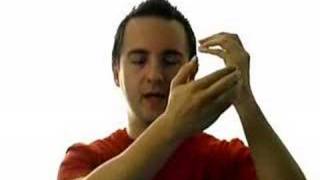See clearly: suggestion, hypnosis, attention, and visual acuity
Some reports claim that positive suggestion (e.g., using hypnosis) can significantly improve visual acuity (e.g., in myopes). Based on behavioral, neurocognitive, and ophthalmological findings, the authors provide a critical account to review and challenge some of these data. While acknowledging the relative merits of hypnosis for investigating visual phenomena, an array of arguments converges to propose caveats to the apparent influence suggestion can exert on visual acuity. The authors argue that neither suggestion nor hypnotic phenomena are likely to significantly improve myopic vision and contend that a responsible scientific attitude should carefully outline what hypnosis and suggestion cannot do in addition to what they can. It seems likely that the small apparent influence of suggestion on visual acuity is mediated by changes in attention. The authors outline how attention can affect visual acuity.
Int J Clin Exp Hypn. 2004 Apr;52(2):159-87. Raz A, Marinoff GP, Zephrani ZR, Schweizer HR, Posner MI. Columbia University and New York State Psychiatric Institute, Department of Psychiatry, New York 10032, USA. ar2241@columbia.edu

















